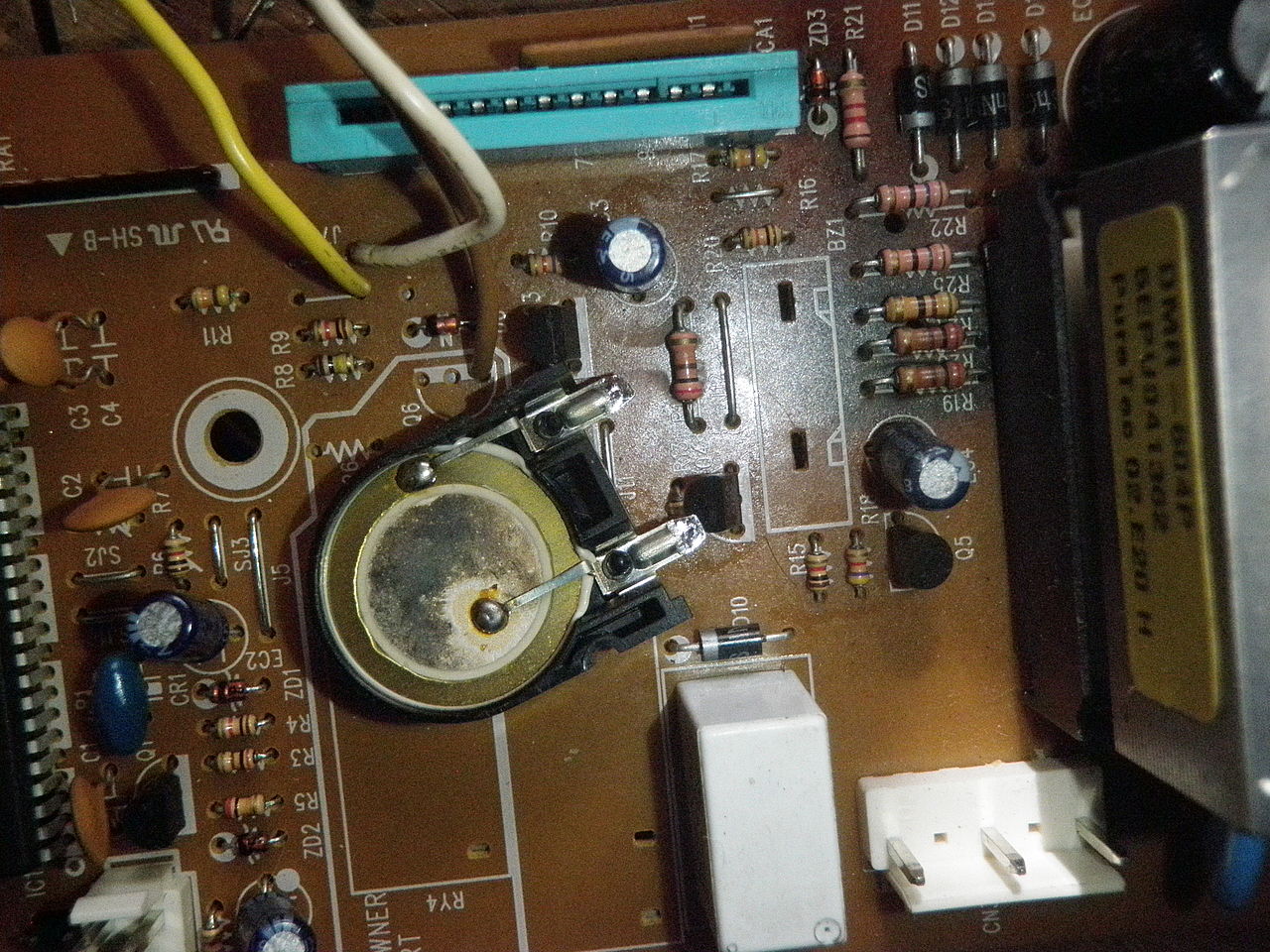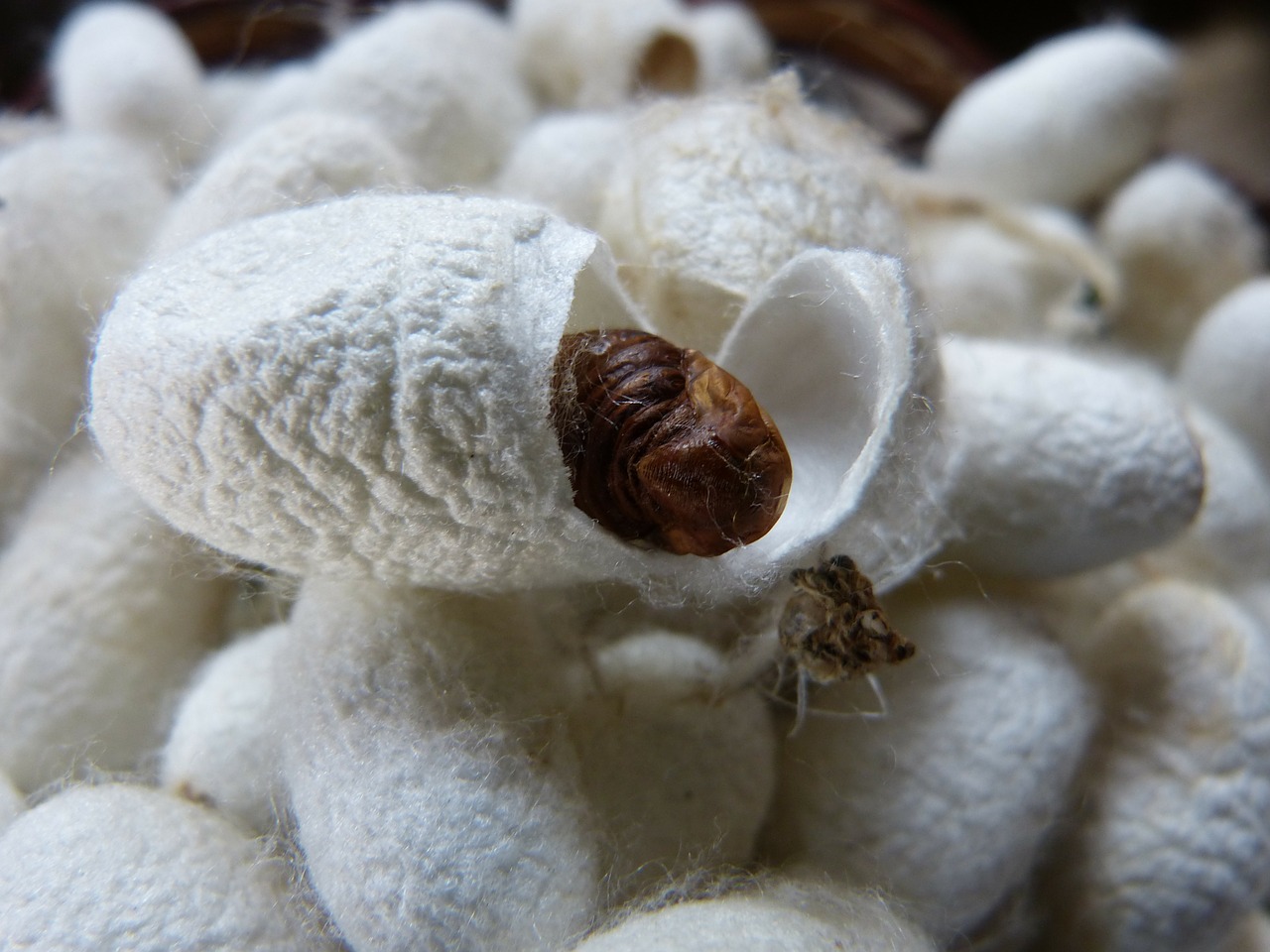
Scientists Develop New Ceramic-Based Piezoelectric Material
- News
- 2.7K
Researchers at Bengaluru-based Indian Institute of Science have developed piezo-electric material using ceramic. Piezo-electric materials, which change their shape when an electric field is applied, have a wide range of applications from use in inkjet printers to ultrasound machines.
At present, the most effective piezo-electrics are made of materials like quartz in the form of a single crystal. Such materials are more effective because it is possible to induce more strain and bring about greater change in shape in single crystals. But the production of single crystals is a complicated and costly affair.
The efficiency of a piezoelectric material is measured in terms of electro-strain value, which indicates how much the material can change its shape when an electric field is applied. The highest electro-strain value achieved so far is 1.7 % obtained in single crystals of lead-based materials, relaxor ferroelectrics. The new material has an electro strain value of 1.3 %, according to data published in journal Nature Materials.
The material reverts to its normal form when the electric field is turned off. A ceramic material is made of tiny, randomly oriented metal oxide crystals or grains. When a voltage is applied, areas or domains within each grain try to orient themselves in the direction of the applied field, prompting the grain to change its shape.
The extent to which a grain changes shape depends on its “spontaneous lattice strain”. The larger the strain, the more the grain can deform under an electric field. In many piezoelectric ceramics, when the voltage is turned off, the domains are unable to return to their original state. So, when a voltage is applied for a second or third time, electro strain reduces drastically. This is not so with the new material.
Researchers prepared a solid solution of compounds – Bismuth Ferrite and Lead Titanate- that had a large spontaneous lattice strain. The domains in this material were immobile. They then chemically modified it by adding varying amounts of lanthanum to make the domains move. At a certain critical concentration of lanthanum, the domains were able to switch back to their original state when the voltage was turned off.
“Our material can be likened to a rubber band, which can be elongated repeatedly each time we stretch. On closer examination, the material showed nanoscale properties that were similar to the high-performance relaxor ferroelectrics”, explained Dr. Rajeev Ranjan, who led the research. (India Science Wire)
By Sunderarajan Padmanabhan
Journal Article
Electrostrain in excess of 1% in polycrystalline piezoelectrics
For the latest Science, Tech news and conversations, follow Research Stash on Twitter, Facebook, and subscribe to our YouTube channel


